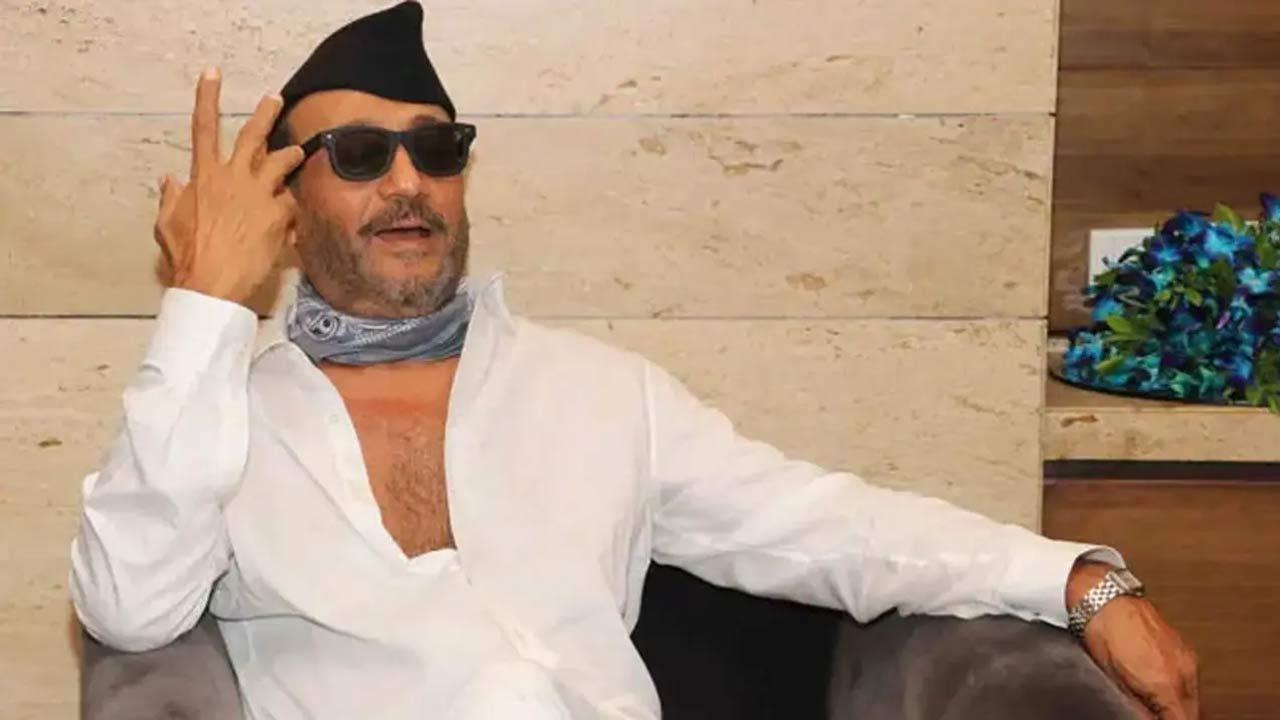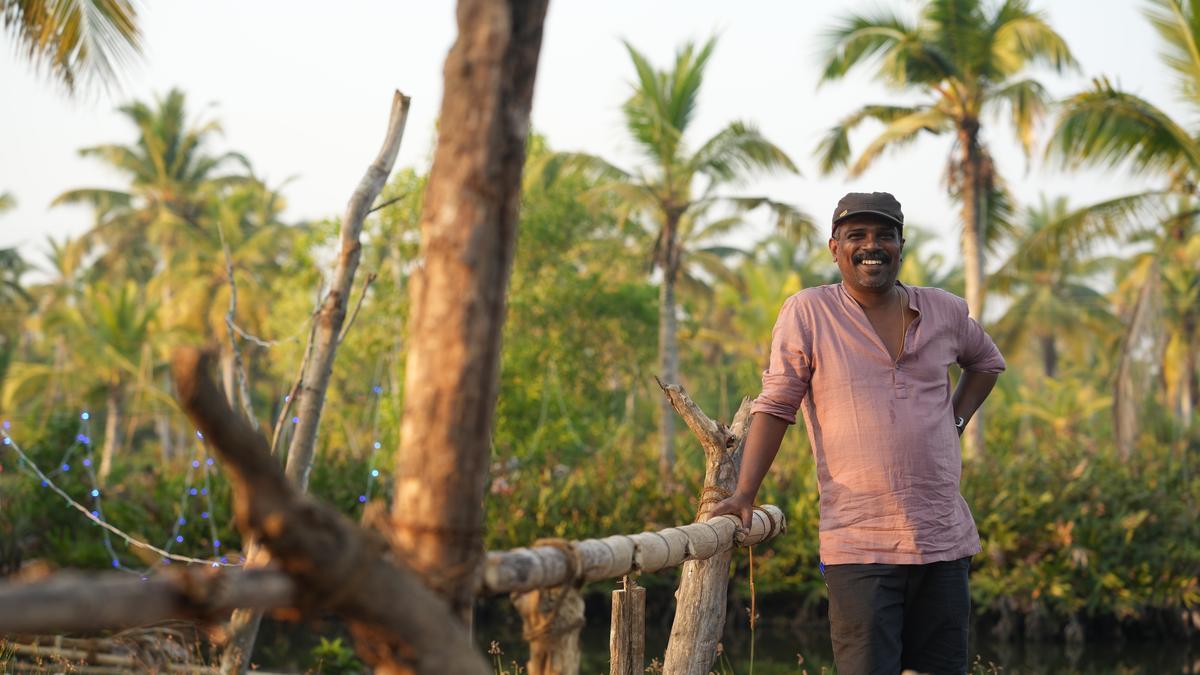
As the Indian subcontinent braces for another pivotal day in its democratic process, the third phase of the Lok Sabha elections is set to commence on May 7. The political landscape buzzes with anticipatory energy as 93 constituencies across 11 states and Union territories gear up for a day that could potentially influence the direction of the country’s governance. Interestingly, in a rare occurrence, the Bharatiya Janata Party (BJP) has claimed a victory in Gujarat’s Surat constituency unopposed, highlighting the competitive yet unpredictable nature of electoral politics.
The Lok Sabha, often referred to as the House of the People, is the lower house of India’s bicameral Parliament. Every five years, elections are held to select representatives who will occupy seats in this chamber and shape the nation’s legislative agenda. Following the previous rounds of voting on April 19 and April 26, the third phase is expected to be a decisive moment, as it covers several key battleground regions.
The Election Commission of India has reported that a total of 1,351 candidates are vying for the public’s favor in this round, indicative of the vibrant and diverse political engagement that characterizes the nation’s electoral system. The vast array of candidates aiming for a seat at the proverbial table brings forth an array of policy perspectives and promises geared towards shaping India’s future.
Among those seeking election are some notable political figures, including Amit Shah of the BJP standing in Gandhi Nagar, Gujarat, and the Congress Party’s Digvijaya Singh in Rajgarh, Madhya Pradesh. The BJP’s Shivraj Singh Chouhan is in the fray from Vidisha, Madhya Pradesh, while Dimple Yadav of the Samajwadi Party competes in Mainpuri, Uttar Pradesh. Supriya Sule, representing the Nationalist Congress Party under the leadership of Sharad Pawar, pursues a win in Baramati, Maharashtra. Other key figures include BJP’s Purshottam Rupala, Jyotiraditya Scindia, Hasmukbhai Patel, and Pallavi Dempo contesting from their respective strongholds across the country.
The third phase encompasses various constituencies, each holding its strategic importance in the electoral puzzle. In Assam, eyes are on Dhubri and Gauhati; Bihar watches Araria and Madhepura; and in Chhattisgarh, Durg, Bilaspur, and Raipur are regions of interest. Gujarat has multiple significant constituencies in this phase, including Gandhinagar and Rajkot. Meanwhile, Karnataka’s Dharwad and Shimoga, along with several others across the state, are prepared for polling. Madhya Pradesh’s Bhind and Guna, Maharashtra’s Baramati and Solapur, and Uttar Pradesh’s Fatehpur Sikri and Mainpuri stand among the vital battlegrounds. West Bengal’s Jangipur and Murshidabad complete the list of closely-watched territories throughout this phase.
As the nation progresses through its general elections, candidates and parties rally to engage with voters, promising development, progress, and a vision for India’s future. The election process is not merely a battle for parliamentary seats; it is a reflection of the diverse aspirations of over a billion people, each with a unique perspective and hope for their country’s onward journey.
The spirit of democracy is palpable across the regions set to vote, as citizens prepare to cast their ballots and contribute to the narrative of the world’s largest democracy. The outcome of these elections will play a crucial role in determining the policy directions and leadership narrative of the forthcoming years, setting the stage for India’s evolving path on the global stage.










